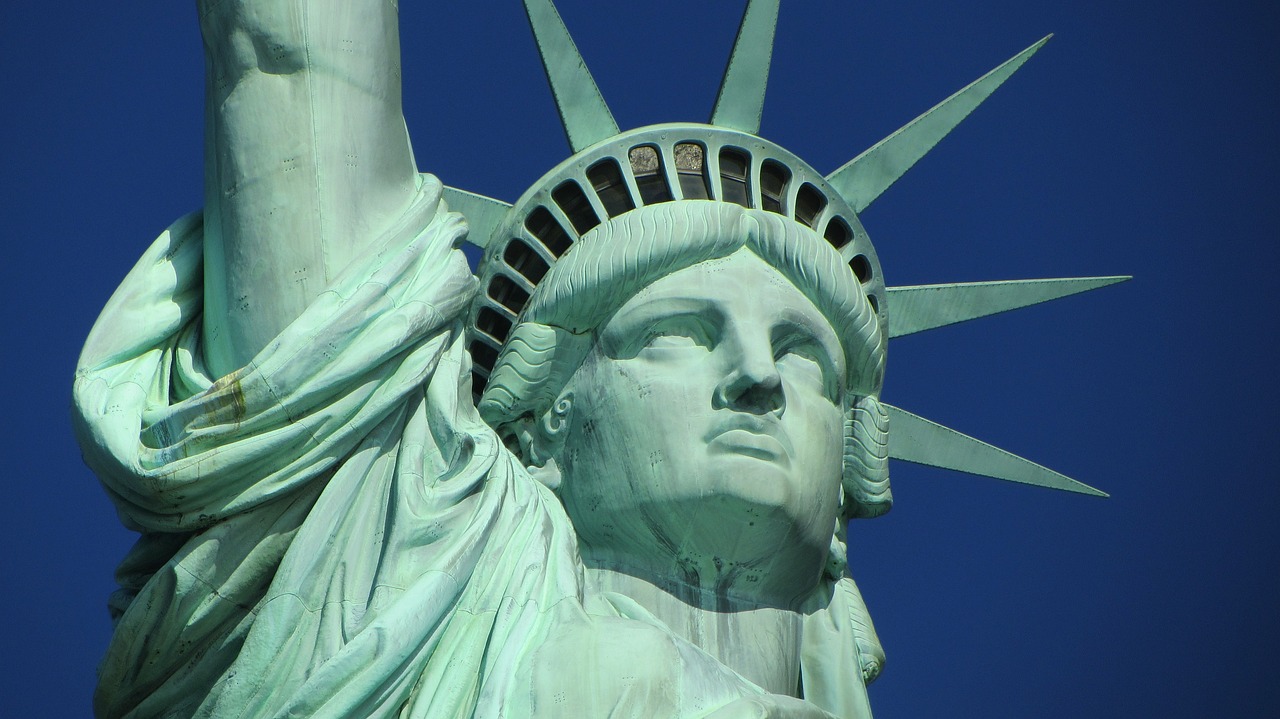On July 10, 2024, the US Consumer Product Safety Commission (CPSC) introduced a draft rule to ban aerosol dusters containing over 18 milligrams of either 1,1-Difluoroethane (HFC-152a) or 1,1,1,2-Tetrafluoroethane (HFC-134a).
Pending CPSC Commission approval, this rule will take effect 30 days after final regulations are published, following public consultation.
Comments can be submitted until September 30, 2024. All public comments so far have been in favor. See the federal register link below for dynamic updates.

Banned Propellant Substances
- HFC-152a; and
- HFC-134a.
Affected Demographics
Importers, Exporters, and Manufacturers.
Limitation Thresholds
≤ 18 mg
Supplementary Constraints
Under new regulations, aerosol duster products – products that blow compressed air and are used for cleaning electronics and other items – with excessive propellant levels will be listed as prohibited items under the Federal Hazardous Substances Act (FHSA). Manufacturers would be required to certify these products and clearly label them with the type of safe propellant used, ensuring consumer safety and regulatory compliance.
The Consumer Product Safety Commission (CPSC) notes that switching propellants in these products necessitates minimal adjustments to production and promises significant economic returns. Over the next three decades, this change is expected to generate approximately $2 billion in economic benefits and substantially reduce health hazards. Records from 2012 to 2021 show over 1,000 deaths linked to inhalation incidents. Based on animal research, the CPSC has established a safe exposure limit of 18 milligrams for HFC-152a and determined that HFC-134a can meet the same standard due to its lower toxicity, allowing for slight contaminations during manufacturing.
If you need any assistance or have any questions, please get in touch with us via service@cirs-group.com.
Further Information

